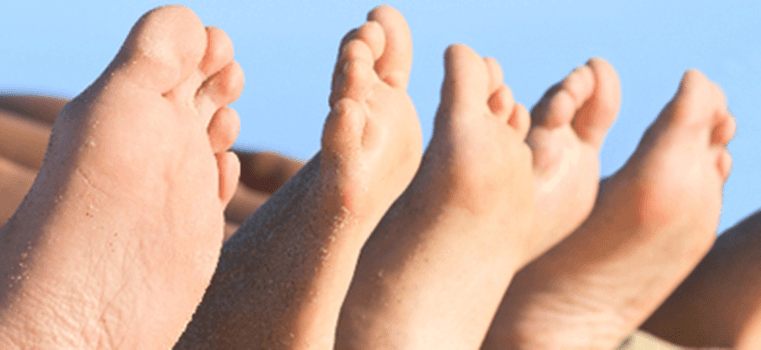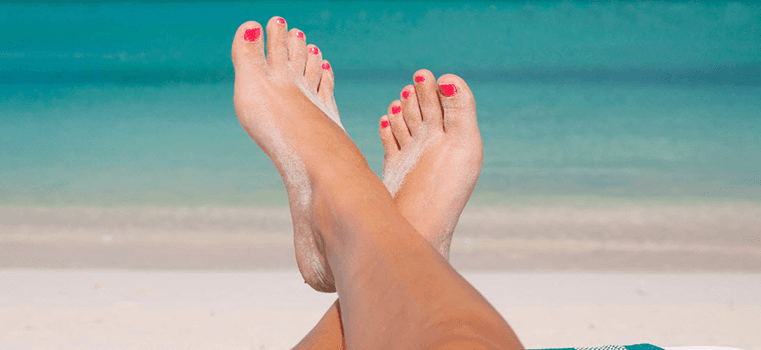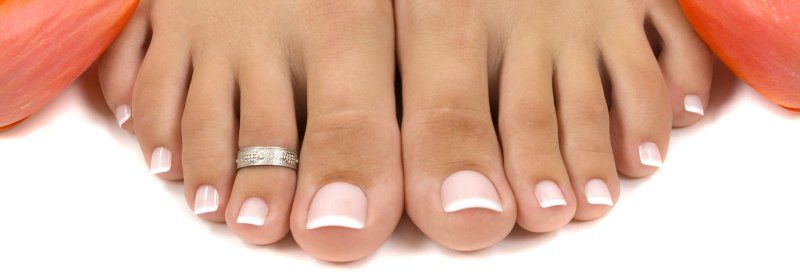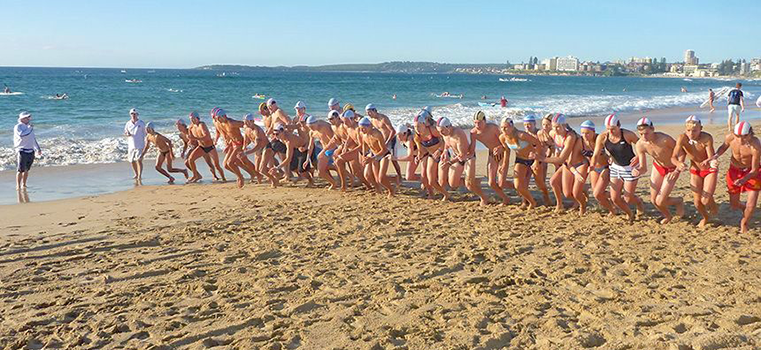Mark Reed, DPM
DABFAS FAPWCA

714-528-3668
Ingrown Toenail
Ingrown toenails are due to the penetration of the edges of the nail plate into the soft tissue of the toe. It begins with a painful irritation that often becomes infected. With bacterial invasion, the nail margin becomes red and swollen often demonstrating drainage or pus. In people who have diabetes or poor circulation, this relatively minor problem can be become quite severe. In this instance, a simple ingrown toenail can result in gangrene of the toe. Patients with joint replacements or pace makers are at risk of bacterial spread through the blood stream resulting in the spread of infection to these sites. These patients should seek medical attention at the earliest sign of an ingrown toenail. There are several causes of ingrown toenails: a hereditary tendency to form ingrown toenails, improperly cutting the toenails either too short or cutting into the side of the nail, and ill-fitting shoes can cause them. Children will often develop ingrown toenails as a result of pealing or tearing their toenails off instead of trimming them with a nail clipper. Once an ingrown toenail starts, they will often reoccur. Many people perform "bathroom" surgery to cut the nail margin out only to have it reoccur months later as the nail grows out.
Ingrown Toenail Treatment
Dr. Mark Reed the last 30+ years of practice introduced numerous innovation that have made having the toe numbed virtually painless for young and old. A skin vibration technique to distract the nerves in the skin so the only feeling of having the toe becoming numb is a small pinch. Once a numb spot is created in the side of the toe using the vibration technique, the entire the toe can be amnestied with minimal discomfort. Once the toe is numb and verified, the edge of the nail removed that is ingrown and the nail root is exposed where 10% sodium hydroxide 10% is introduced using a baby Q-tip to exposed nail bed to permanently inhibit nail regrowth. The procedure usually takes around 30 minutes. A post-procedure kit will be provided to the patient to care for the toe where the patient will soak once-a-day for 10 minutes and then change the bandage twice-a-day. After the ingrown nail procedure, there is no restrictions on activity and the patient was get the toe wet in the shower or go in the pool and wear regular shoes. Once the numbness wears off, there may be some toe tenderness, but pain medications are never required. A resumption of sports activities and exercise is generally permitted the following day. There are very few complications associated with the ingrown nail procedure. Occasional an infection occurs due to the skin closes over the area where the ingrown nail was located, and patients are provided specific instructions to follow to prevent infection and contact information for the Doctor to be contact so an antibiotic can be prescribed. Reoccurrence of the ingrown toenail can occur a small percentage of the time if the toe is injured in the future or if the nail is severely ingrown. A new nail will grow out in the center of the toe that will bond to nail bed and eliminate any nail fungus that is present before the procedure. The goal of the procedure is to return the nail to growing on top of the nail to create a normal cosmetic appearance that is without any fungus infection.
To prevent ingrown toenails, it is recommended to wear properly fitting shoes and to trim the toenails straight across and to round the edges to strongly that can ingrown into the skin as the toe pushes off as part of walking and running.















